
Illustrations by Erin Wallace
We’re not big on overly-ambitious New Year’s resolutions here at culture. We’ve put together some attainable goals for 2020 you’ll have no trouble achieving—all you need is cheese!
DIY Cheese
As a millennial, I should probably DIY more. I should be feeding my own sourdough starter, bottling my own kombucha, and possibly fermenting some kimchi in my garage. I’ve heard that with a few simple ingredients and common kitchen utensils, I can even make my own cheese. I probably won’t try my hand at making a mixed-milk blue that needs to be aged for 18 months, but the homemade ricotta that (allegedly) only takes an hour seems very doable.
A basic cheese recipe is pretty simple when you break it down: milk, rennet, cultures, and salt. Rennet is traditionally made from the stomach lining of a young calf, lamb, or goat. Vegetarians, fear not—you can easily order a vegetarian alternative like thistle rennet, along with freeze-dried cultures, from an online supplier.
As for the basic tools, a quick perusal of my kitchen shows that I have a slotted spoon, a pot, and a kitchen thermometer…but no cheesecloth. Thankfully, Amazon has this covered.
Especially as winter approaches and Netflix runs out of “recommended for you” shows, I need more activities that’ll take up an afternoon and make me feel like I’ve accomplished something. 2020 will be the year I roll up my sleeves, order some cheesecloth using my parents’ Prime shipping, and make a batch of homemade ricotta.
—Madeline Upson
Be a Punk in a Traditional Cheese World
Tradition is what is known, what is old, and what is proper. One of the oldest records of cheese, and thus “cheese tradition,” is from first-century naturalist and philosopher Pliny the Elder. While his fellow philosophers wrote about gods, royals, and otherwise important people, Pliny decided to write about food, beer, wine, and, most importantly, cheese. Pliny was a punk. Tradition wants you to know the big cheese names, cut cheese correctly, use the proper utensils, and pair well. To hell with this. Rebel!
MAKE YOUR OWN CHOICES:
Forget tradition.Forget etiquette. Remember: You are never wrong, and changing your mind is cool. Embrace the underdogs. Eat the rich, the fat, the local, the non-cow’s milk, the vegan.
WEAR CHEESE FLAIR AND SWEAR:
Look the part with tees, buttons, totes, stickers, and more. Claim your cheesy identity. Who cares if it’s colorful in language?
EAT WITH YOUR FINGERS:
Maybe you don’t know which knife to use, you can’t have that gluten-full baguette, or you run out of crackers. So what? Smear that chèvre on a slice of cucumber. Dig that spoon into a triple cream. That moment is between you and cheese, so savor it.
PAIRING ANARCHY:
Sure, strong blues pair well with fortified wine, cheddar beer, etc. . . But if you don’t like wine, this won’t be the best pairing for you. Take your favorite cheeses and eat them with your favorite beverages. Experience them for their smell, their texture, and their taste; discover what works for your palate.
–Mélodie Picard, Normandie native and owner of The Oregon Cheese Cave
Eat Good Bread
Cheese lovers know that good cheese has personality. We know the best stuff is made with skill, integrity, and transparency. We’re suspicious of cheese that tastes exactly the same every time and expect micro-discoveries in texture and flavor every time we revisit an old favorite. We seek out the nuanced, the storied, the beautiful.
Why do we approach bread any differently? What if we started asking the questions of our bread that we ask of our cheese? Questions like: Who was it made by? What is it made with? Where was it made? How was it made?
Bread does not have raw versus pasteurized, but it does have whole grain versus white. Much like cheese has milk, rennet, salt, and cultures (sometimes added, sometimes ambient), bread has flour, salt, water, and yeast (sometimes added, sometimes ambient). Much like cheese houses have a house culture that they’ve been lovingly using for decades, many bakers have starters older than they are.
Let’s bid farewell to the days of serving bland, flaccid baguettes with our cheeseboard. Go to your local greenmarket, find a nearby bakery, or perhaps consider baking your own. Find a new favorite, and as you’re doing so, discover all the personalities that bread can have. The good stuff is more expensive, sure, and harder to find, but it’s worth it for the deliciousness and sustainability that it offers.
We expect better of cheese. Let’s expect better of bread, too.
–Christine Clark (@yourcheesefriend), cheese educator and writer
Eat Cheese for Dinner
My 2020 cheese goal is to remind myself and my customers that we don’t need to save cheese for special occasions and elaborate, Instagrammable party platters. Good cheese is everyday food; it can and should be the centerpiece of a simple weeknight meal in its own right.
This isn’t about using cheese as an ingredient. There’s no recipe required to enjoy a wedge of good cheese accompanied by some fresh fruit or greens and a glass of whatever suits the occasion. So, what’s for dinner? A few slices of crusty bread topped with Point Reyes Bay Blue, arugula, and a perfect summer peach. A wedge of earthy Montgomery’s Cheddar, spicy pickles, and some garlicky salami. A plate of mozzarella with tomatoes still warm from the garden. Simple, inexpensive, and delicious. Keep a wedge or two in the fridge, and your next meal is waiting for you.
–Beth Falk, cheesemonger
Embrace Raw Cheese
Raw milk cheese is made with unpasteurized milk, and it’s crucial in developing the breadth of true original American cheeses. Selling raw milk cheese is also very important. Asa cheesemonger, I strive to sell more of it in 2020.
Raw milk cheese is nutritious; it offers healthy gut flora and helps prevent seasonal allergies. Raw milk cheese pushes industry leaders and federal government to come together, identify, and adapt the current regulations surrounding raw milk production. The production of raw milk cheese shapes the relationship between humans, animals, and the environment. Bonus: It tastes great.
Generally speaking, artisan cheese can be a powerful tool to help guide consumers as we redefine food culture because it pushes the consumer to identify the complexities and advantages within the food i industry, such as the raw milk debate. Historically misunderstood, raw milk cheese now demands we question what it is and why there’s a lack of understanding surrounding the subject.
–Alexis Johnson, cheesemonger
Pair Cheese with Binge-Watching
Yes, Netflix, I’m still watching. And I plan to keep watching well into the year ahead, but I’ve decided to make one incredibly important resolution: elevate my binge-watching experience by pairing shows with cheese. I’d like to leave my couch less in 2020, and in order to do so, I plan to create a personal cheese plate beforehand so I can really hunker down and get in some good screen time. (It’s hard work, but somebody has to do it.)
—Madison Trapkin
CABOT SERIOUSLY SHARP CHEDDAR + “THE OFFICE”
This is the pairing you’re so familiar with, you can quote it in your sleep. This pairing is comfy and simple, and you’ll likely never get tired of it, not even after your tenth time re-watching the entire series.
GOAT LADY DAIRY SNOW CAMP + “GLOW”
For when you’re looking for a strong female lead. This cow’s and goat’s milk cheese has a lush, creamy flavor when it’s young, but packs a punch when ripened. See what I did there?
NEAL’S YARD DAIRY INNES BRICK+ “THE GREAT BRITISH BAKING SHOW”
I’m never not missing the UK and, coincidentally, am never not craving baked goods. This pairing speaks to me on a visceral level because it’s my favorite British cheese and I crave it almost as much as I crave sweets.
PARMIGIANO-REGGIANO+ “QUEER EYE”
Because, in the words of QE’s Antoni Porowski, “You can never go wrong with Parmigiano-Reggiano.” And, in the words of me, you can never go wrong with five gay guys giving your life a makeover.
Embrace the Seasonality of Cheese
I recently moved to the foggy pastured dreamscape of Marin County, California. Blustery Vermont is a thing of the past; there’s never snow on the ground in Point Reyes Station. As a cheesemaker, I am now learning the rhythm of this unique coastal ecosystem where animals graze year-round alongside the salty Tomales Bay. In 2020, my cheese goal is to explore this new-to-me cheese community and how my neighbors are connecting to this landscape. I will be kicking off the year by eating terroir-driven cheeses paired with bountiful produce, seasonal beverages, and pasture-raised meats produced by this thriving and diverse agricultural community.
–Andi Wandt, Bivalve Dairy
Save the Planet
Eating cheese can save the planet. This might seem too good to be true, but it’s not as far off as you’d think. Artisan cheesemakers around the world are combating climate change by making the cheeses we love a sustainable part of the global food industry. There are countless planet champions in the cheese industry—creameries making cheese more than just a delicious bite, but instead a living, breathing process that benefits everyone from earth, to hoof, to table.
Artisan cheese is the perfect conduit for sustainable farming as the nature of tasty cheese relies on happy animals eating good food. Many creameries, like Shelburne Farms, are going above and beyond with their no-till pasture-raised dairy production. This means they are eliminating approximately a half-ton of CO2 per acre per year. Although not certified organic like the environmental rockstars at Rogue Creamery, Shelburne Farms operates on similar organic principles. However, sustainable cheesemaking goes beyond pasture grazing and organic practices. Cedar Grove Cheese created their own wastewater management system called “the Living Machine,” a greenhouse that naturally cleans wastewater before it goes back to the earth. Across the pond, Quicke’s Cheddar has fully converted to using milk from pasture-raised cattle who consume red clover, a deep-rooted heirloom grass that prevents erosion and limits CO2 emission. So the next time you bite into a perfect wedge, smile! You’re helping save the earth by cheese.
—Julia Gross (@monger_at_large), cheesemonger-at-large


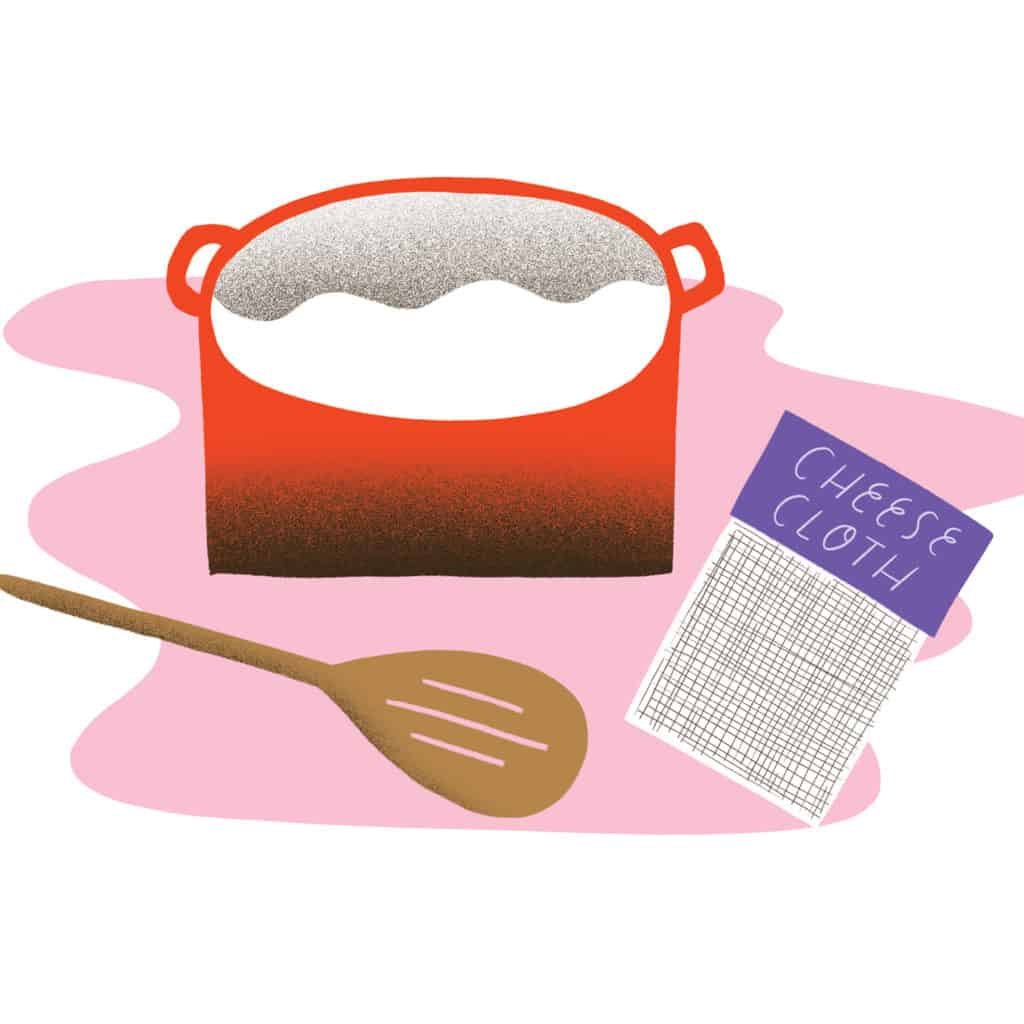
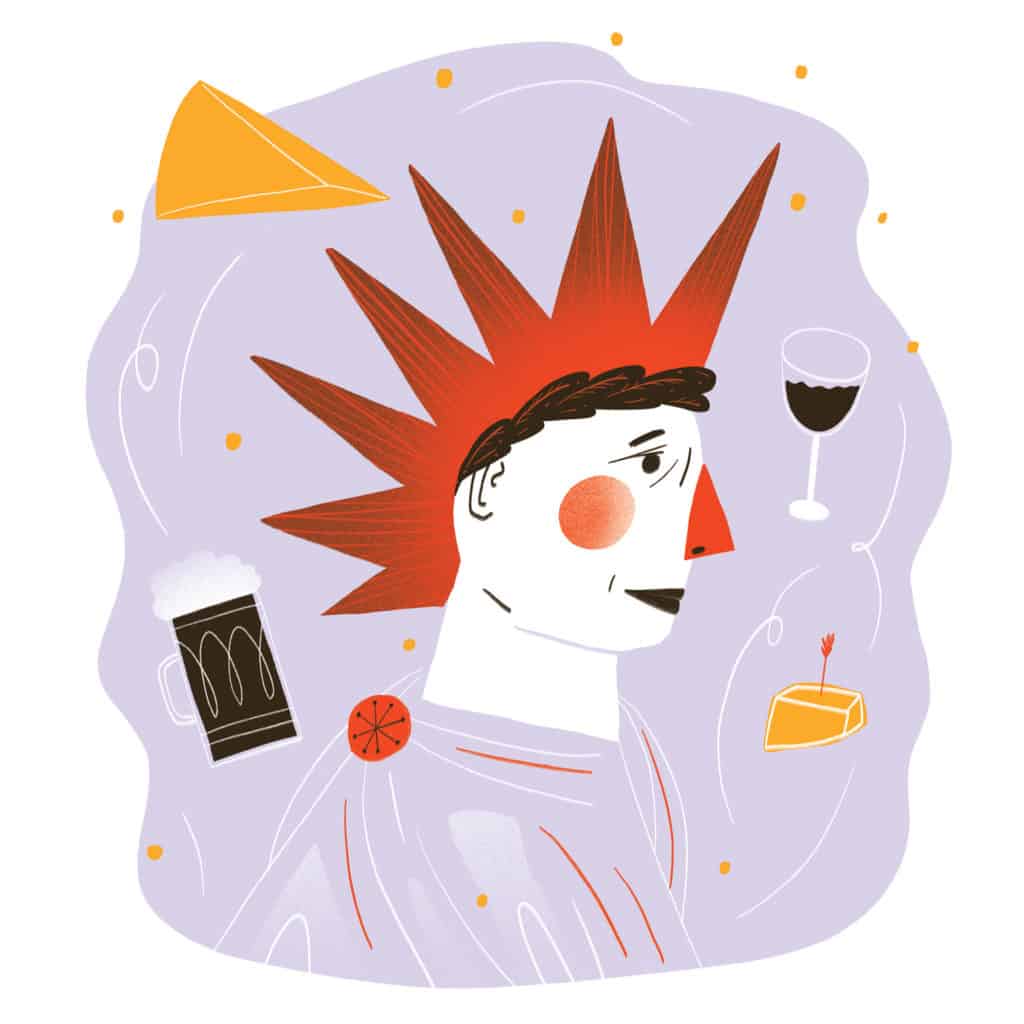
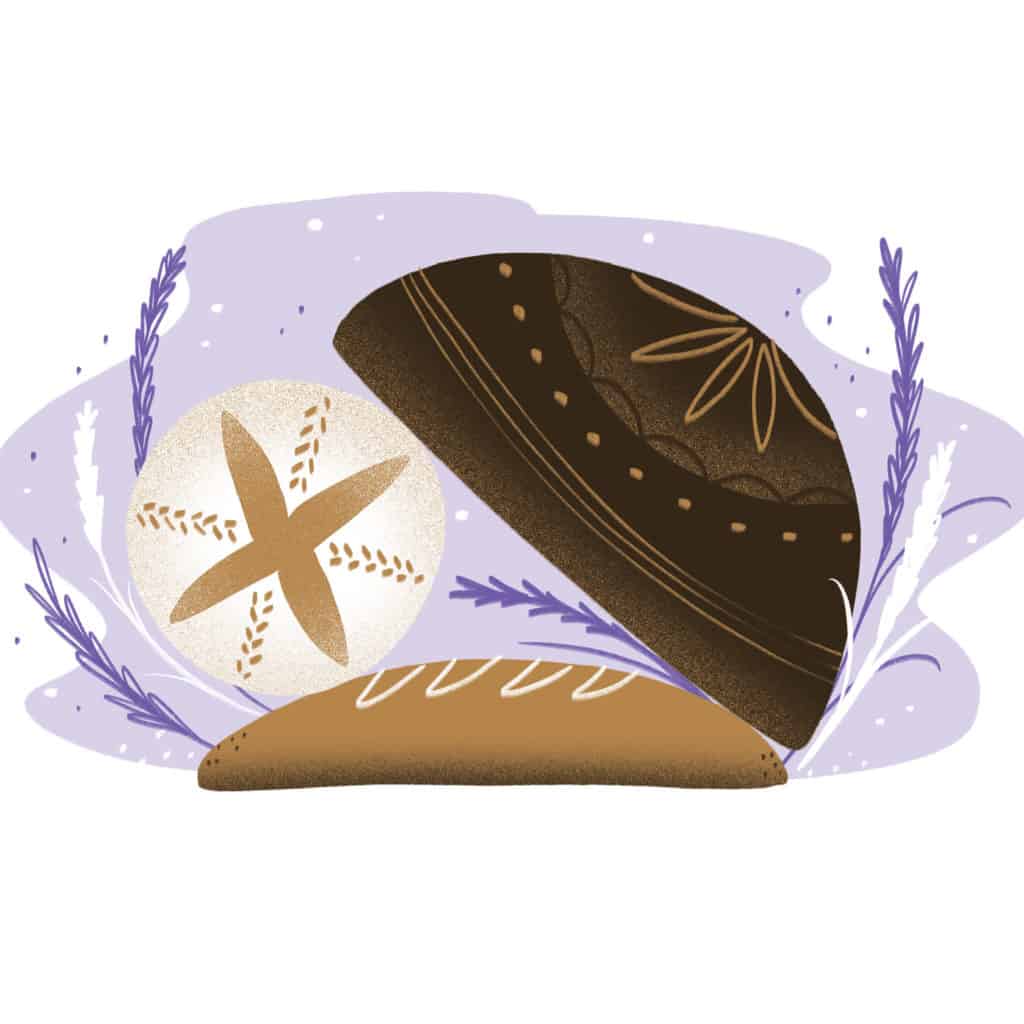
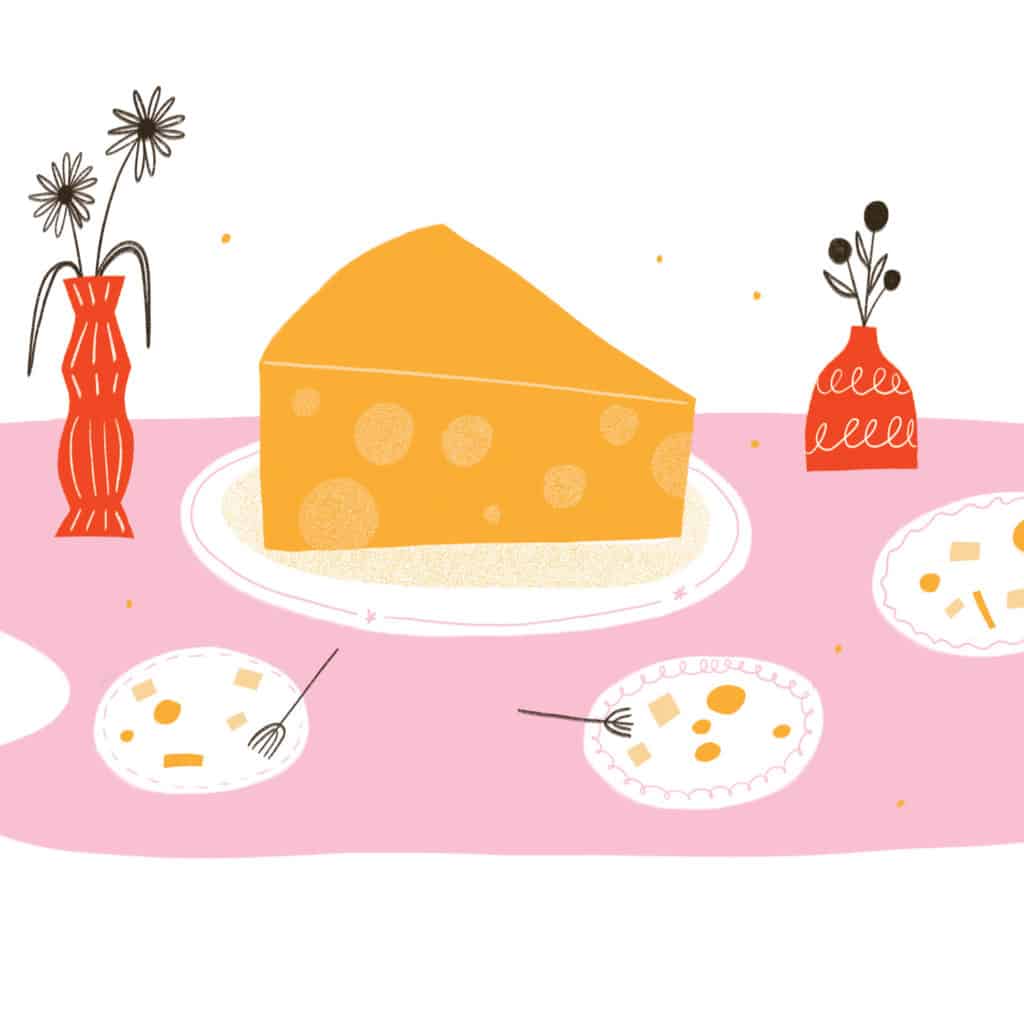
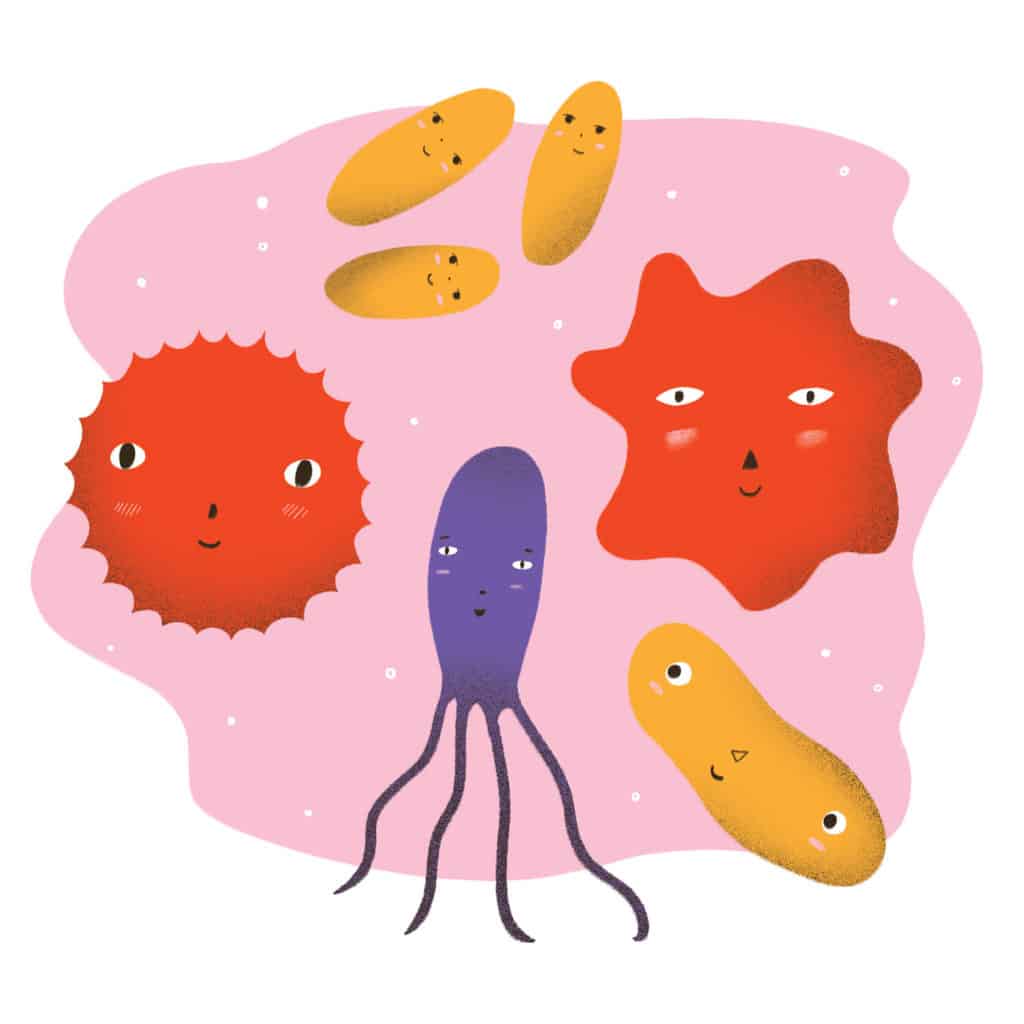

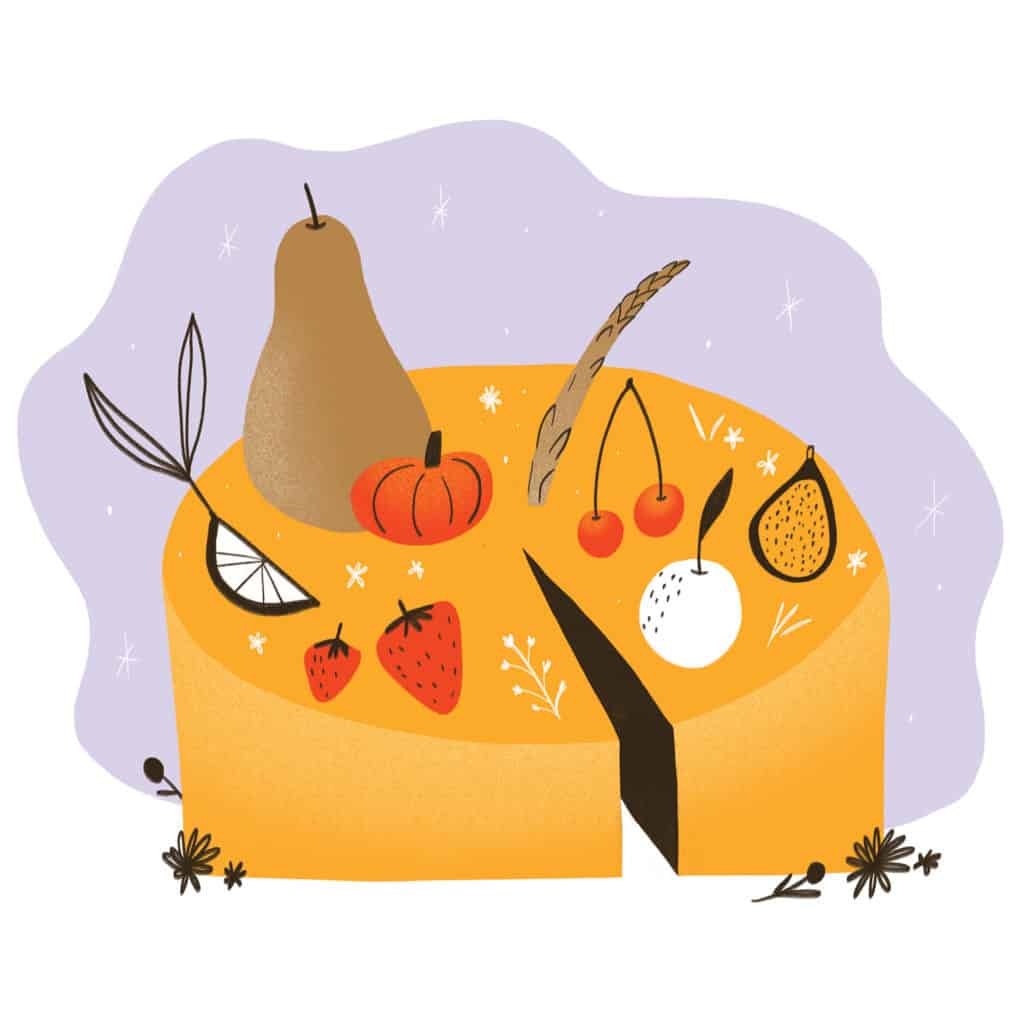
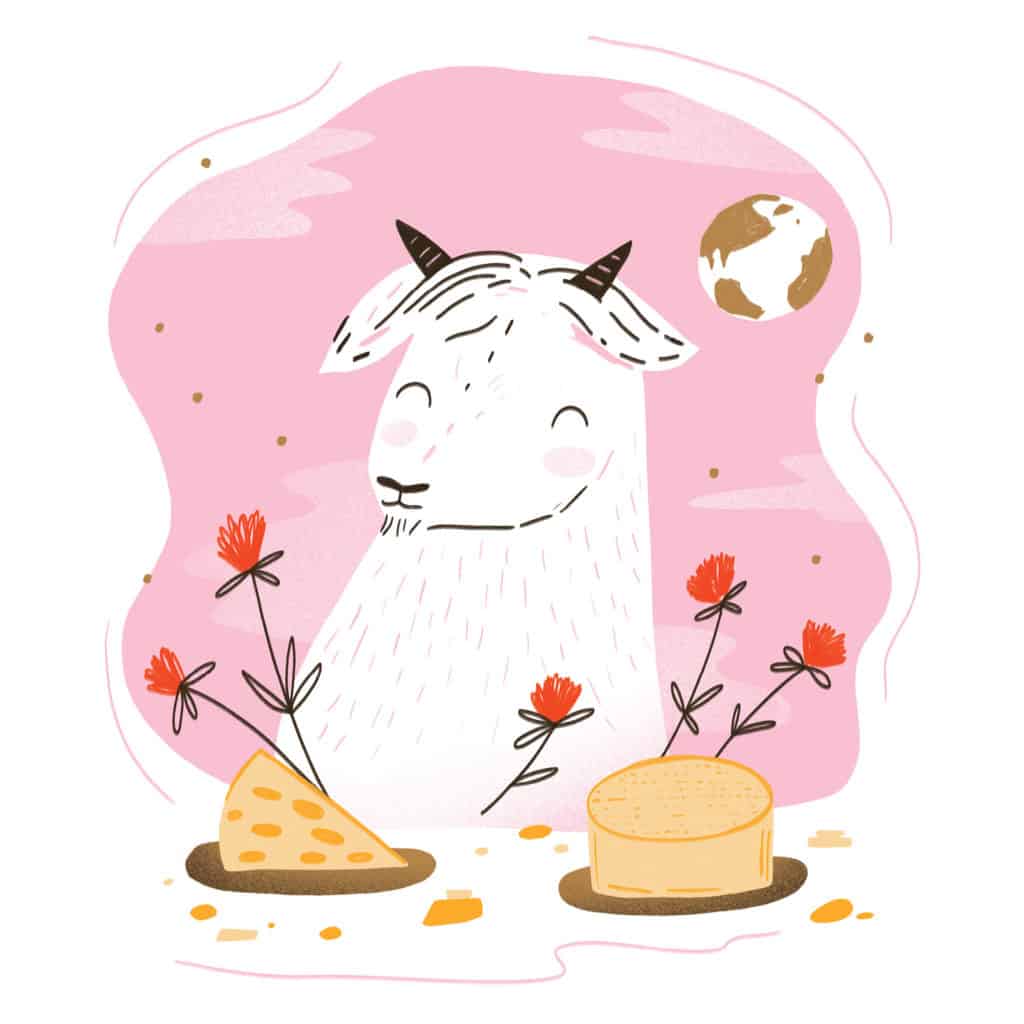




This has got to be one of the worst, waste-of-time articles I’ve ever read. As a millennial you should DIY more? Forget tradition? Forget etiquette? You’re never wrong and changing your mind is cool?!? Pairing cheese with Netflix series? Ummm, seriously? Who writes this crap? It’s embarrassingly bad.